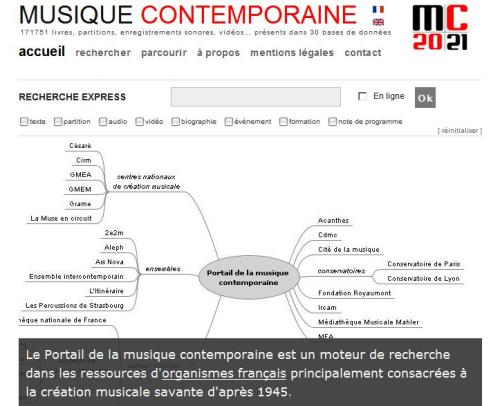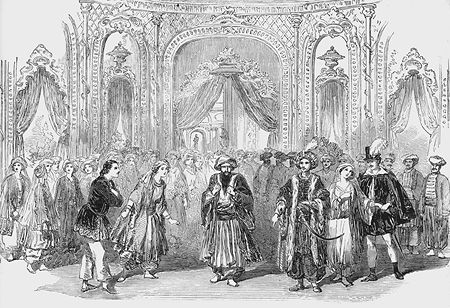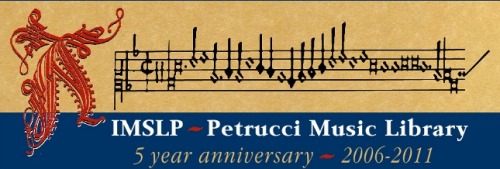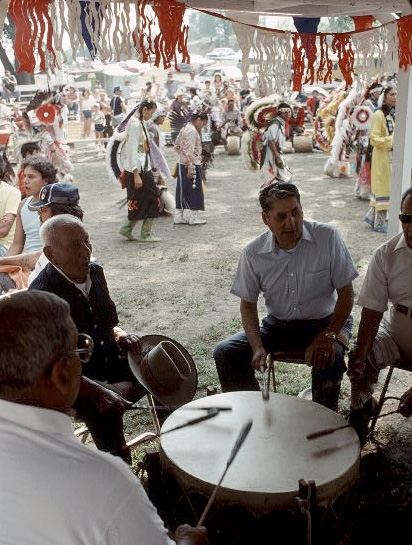In 1970 Ira Sabin, a Washington, D.C., record store owner, started a newsletter called Radio free jazz to update customers on new jazz releases and provide a liaison between local radio programmers and the music industry. Over the following decade the newsletter grew substantially, becoming an international publication; in 1980 these developments prompted a change to the name JazzTimes.
Today the magazine is widely regarded as one of the world’s leading jazz periodicals, featuring state-of-the-art graphics and extensive coverage of jazz news, along with performer interviews and reviews of recordings, videos, instruments, books, and performances.
Related article: John Abbott, jazz photographer













